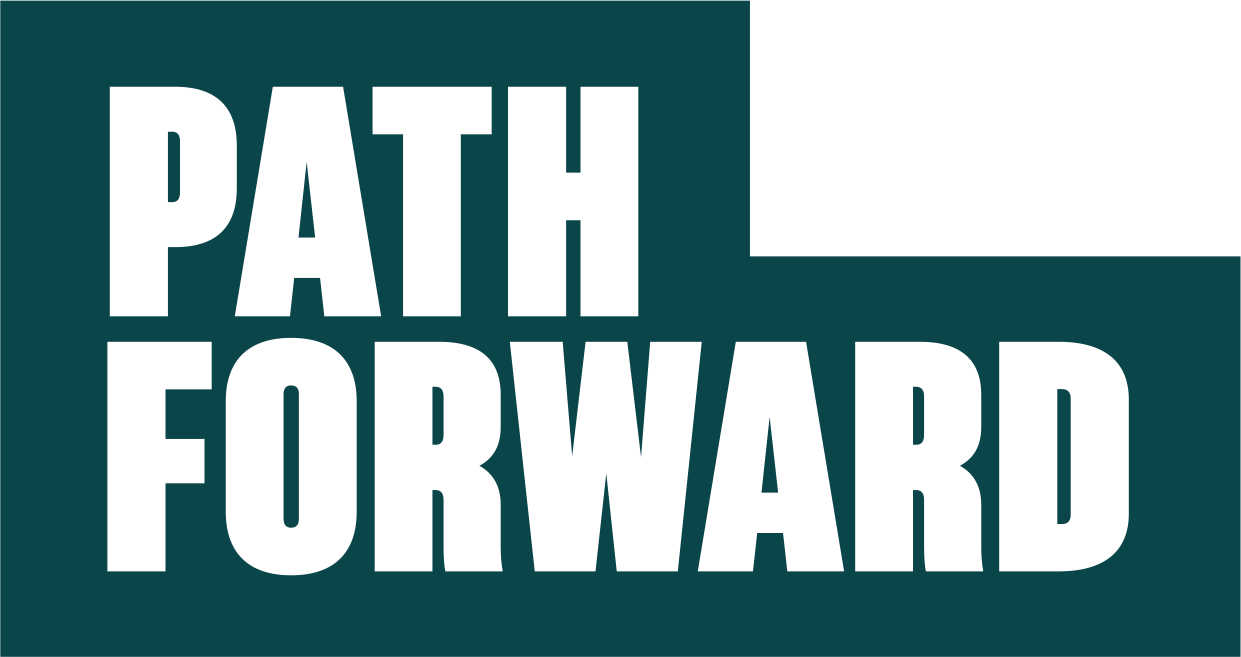Business Ethics, pt 3 - Dialogue
Following my presentation of a webcast on Business Ethics for the 200,000-member Human Capital Institute earlier this month, this is part 3 in a series.Create the most compelling statement of organizational ethics imaginable. Paint a stunning vision of employees’ higher selves in their interactions with stakeholders. Post this ethics code everywhere, make sure every employee signs onto it, and clearly expect compliance with it.And still bad behavior may run rampant in your workplace. Thing is, you’ve got to motivate employees from the inside out. Face it: employees’ behavior is more a product of their values than of the organization’s. So as a leader, you must understand your employees’ values and find where they intersect with the organization’s. That’s where the juice is for showing up ethically in the workplace.
Tell us what you think. We’d like our blog posts to begin a dialogue. We eagerly welcome your comments and questions.
And that, in turn, requires engaging employees in dialogue -- dialogue about:
their values
the organization’s values
what it means to behave ethically (including typical workplace scenarios)
how personal ethics might differ from workplace ethics
why good people sometimes do unethical things
how well senior management embodies the values outlined in the ethics codes
the subtle and not-so-subtle pressures on the team to behave unethically
the values conflicts (or mixed messages) that arise at work (e.g. efficiency demands vs. customer-service focus; or rewards for individual productivity vs. team focus), and
tools to resolve these ethical dilemmas
These conversations must be conducted in an environment of trust, openness, curiosity, creativity, and freedom from blame. Without these qualities, people shut down; you’ve lost them from the get-go. Now creating this environment -- and engaging in the conversations bullet-pointed above -- is a complex and tricky process, fraught with pitfalls. We suggest you hire an outside facilitator to set this process in motion, or you'll wish you had.But through these dialogues, you can set a consistently ethical tone, in which all employees buy into the necessity of bringing their highest selves into all their interactions -- and have the tools to do so. And once you do that, you'll not only enhance the reputation of your organization among all stakeholders, but you'll fuel your employees' personal and moral growth, as well as your own. What more could you ask for?Profitability, you say? The research is clear: although Bernie Madoff and Enron were profitable in the short-term, more ethical companies tend in the long-term to be more profitable. So you can have your ethics and eat, too.
YOUR PATH FORWARD: How often does your organization or your team engage in the kinds of dialogues mentioned above? If it's not often en0ugh, what can you do to change this situation?
Check out the Center for Ethical Leadership’s Gracious Space program. Gracious Space is a frame for the environment of trust and curiosity I referred to above – the critical foundation for the conversations necessary to promote sustainable ethical behavior in the workplace.
